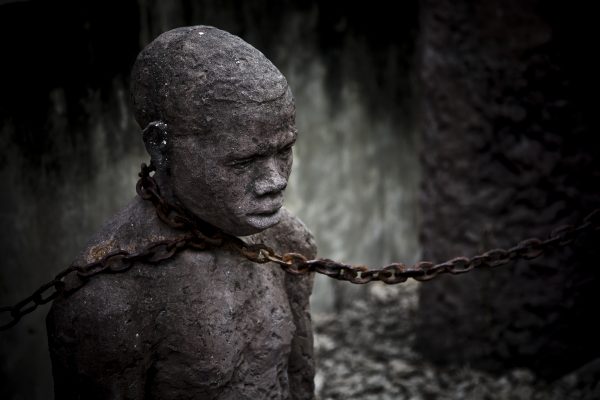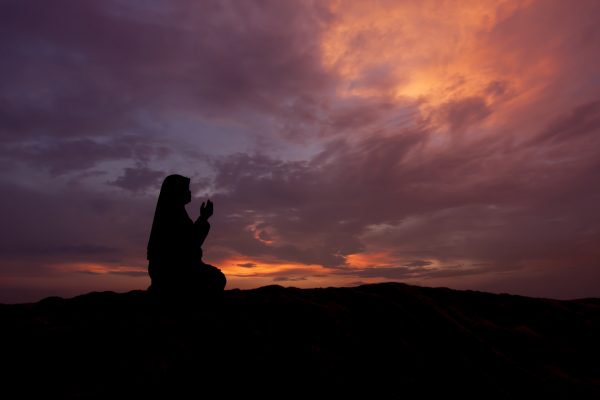According to the United Nations Statistics Division, East Africa consists of 19 states today: Kenya, Uganda, Rwanda, Burundi, Tanzania, Malawi, Mozambique, Djibouti, Somalia, Eritrea, Ethiopia, Somali-land (Horn of Africa), Madagascar, Zambia, Zimbabwe, Sudan, South Sudan, Comoros, Mauritius, Seychelles, Réunion, and Mayotte.
According to the United Nations Statistics Division, East Africa consists of 19 states today: Kenya, Uganda, Rwanda, Burundi, Tanzania, Malawi, Mozambique, Djibouti, Somalia, Eritrea, Ethiopia, Somali-land (Horn of Africa), Madagascar, Zambia, Zimbabwe, Sudan, South Sudan, Comoros, Mauritius, Seychelles, Réunion, and Mayotte.
According to many historical sources, Islam came to Africa through Muslim refugees fleeing persecution in the Arabian peninsula.
Islam also came along the East African coast around the same time in the 8th century, as part of continuing dialogue between the people on the East coast and traders from the Persian Gulf and Oman.
Some sources say the first migration of Muslims was from Arabia to Abyssinia where they were accepted by a Christian king. Two years later, in 615 CE, the larger migration took place with well-known companions who stayed there until 629 CE.
The earliest concrete evidence of Islam and Muslims in eastern Africa is a mosque foundation in Lamu where gold, silver, and copper coins dated AD 830 were found during an excavation in 1984. The oldest intact building in eastern Africa is a functioning mosque at Kizimkazi in southern Zanzibar Island dated AD 1007. It also appears that Islam was common in the Indian Ocean by AD 1300.
When Ibn Batuta of Morocco visited the East African coastlands in 1332, all the way down to the present border between Mozambique and South Africa, most of the coastal settlements were Muslim, and Arabic was the common literary and commercial language is spoken all over the Indian Ocean – Batuta even worked as a Kadhi, a supreme Muslim jurist, in the Maldives’ Islands for one year using Arabic as his working language.
Islamic Denominations and Muslims in Eastern Africa
It is Sunni Islam of the Shafi’i school which is mostly practiced by the Swahili, Somali, and other African Muslims of eastern, central, and southern Africa. Sunni Asians follow mostly the Hanafi school.
A minority of the Muslims belong to the various Shia schools: the Ithna-asheria, the Aga Khan Ismailia, and the Bohra/Wohra, who are mostly of Asian origin; they are also the wealthiest of the Muslim communities.
There is documented evidence of Indian Shia Muslim settlements along the Kenya coast which began during the 1400s. Vasco da Gama was even shown the way to India by an Indian Muslim captain settled in Malindi, Kenya, who had the Swahili/Indian Ocean title Maalam/Mwalimu meaning “pilot”.
East Africans of Omani origin, almost all of them Swahili-speaking and Africanised, usually belong to the Ibadhi sect, whereas those of Yemeni or Hadhrami origin follow Maliki or Hambali schools of Sunni Islam.
Dozens of Muslim Brotherhoods and Sufi Orders also exist in Tanzania and a few in Kenya, but little is known about their organisation and work. However, they are not politically or economically involved in any activity. They are rather loosely organised and deal mostly with theological teaching and discourse in the mosques, performing religious rites and rituals, and also practise healing and provide therapy to individuals and families suffering from psychic problems of various kinds.
Islam in East Africa Today
Although today Islam remains one of the dominant religions of the region, some argue that education, and the acceptance of Islamic schools, remain a point of contention for many.
Professor Nazeer Ahmed affirms that: “Education has been a continuing challenge for the Muslims. The colonial administrations created an education system that clearly favoured those who attended missionary schools over the graduates of the Qur’anic schools. The disparity in education continues to this day and is reflected in the number of university graduates.” He continues:
“Muslim children graduate in far fewer numbers than is warranted by their numbers. A vicious cycle of poverty and lack of education has taken its toll in Mozambique, Somalia, and Malawi. The Muslims face a dual challenge: How to teach their children the Qur’an and Islamic disciplines and at the same time advance in the secular, technological disciplines to compete with the rest of the population.”
According to the United Nations Statistics Division, East Africa consists of 19 states today: Kenya, Uganda, Rwanda, Burundi, Tanzania, Malawi, Mozambique, Djibouti, Somalia, Eritrea, Ethiopia, Somali-land (Horn of Africa), Madagascar, Zambia, Zimbabwe, Sudan, South Sudan, Comoros, Mauritius, Seychelles, Réunion, and Mayotte.
With a total Muslim population of 28,960,000 in 1979 (when the countries were seven), East Africa had about 39% of the Muslim population in the sub-region, with Tanzania having the largest (10,210,000) and Rwanda the smallest (140,000).
One of the few negative consequences of the spread of Islam in eastern Africa was to some extent the development of feudalism which changed the concepts of land ownership and tilling rights among the Bantu-speaking people.
Women in many Muslim agrarian societies lost some of their traditional rights of tilling or ownership of land. However, Islam gave them among other rights the right of inheritance which did not exist earlier.
Through the commercial activities of the Muslims, eastern Africa was brought in closer contact with the rest of the world – although this also negatively brought in eventual European colonization.
Islam also brought literacy and literature and gave the Muslims of diverse origins a common uniting language – Swahili – which has also been a blessing to non-Muslims.
Conclusion
Summarily, Islam came to East Africa at an early age through the Horn of Africa as far back as the 8th century. The adherents of the religion had suffered persecution in the Arabian peninsula, and had migrated to the subregion and subsequently got asylum.
Centuries after, more came as merchants, and converts were won among the Christian and pagan populations of the continent. We have also seen that today in East Africa, due to its proximity with the Indian Ocean, there are so many things the region has in common with Indians, especially Indian Muslims, like the denominations that exist within the fold of Islam.





